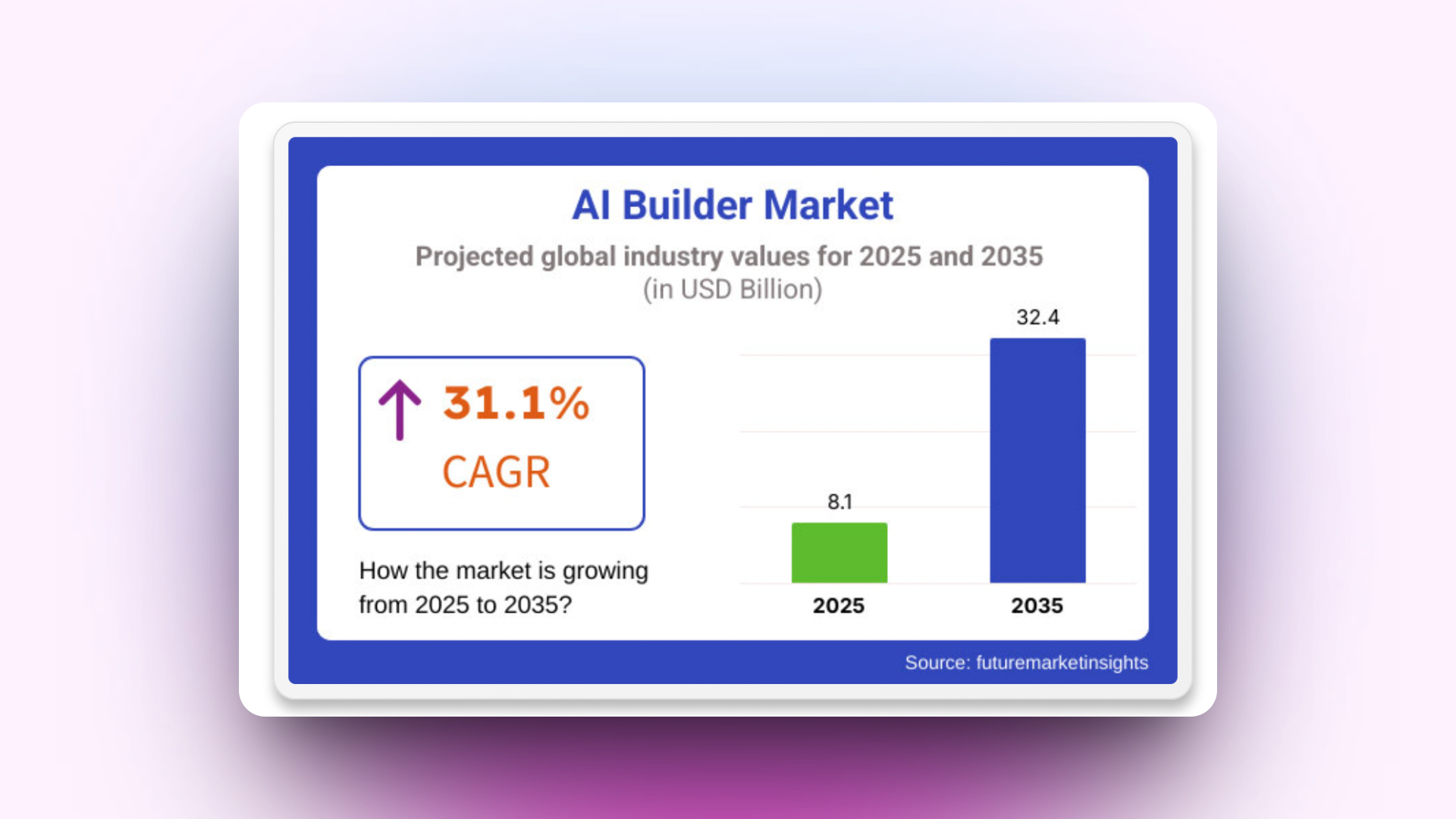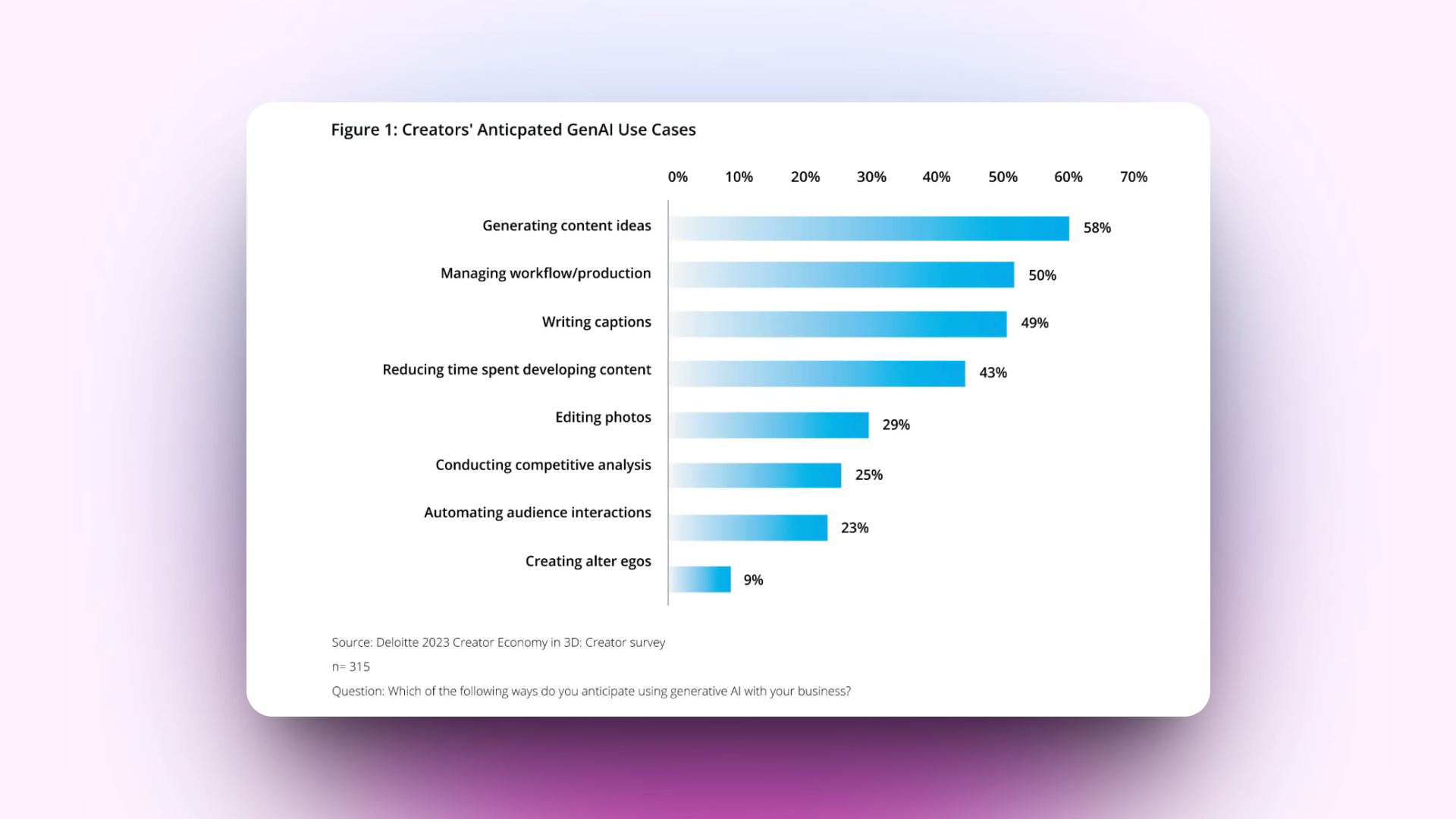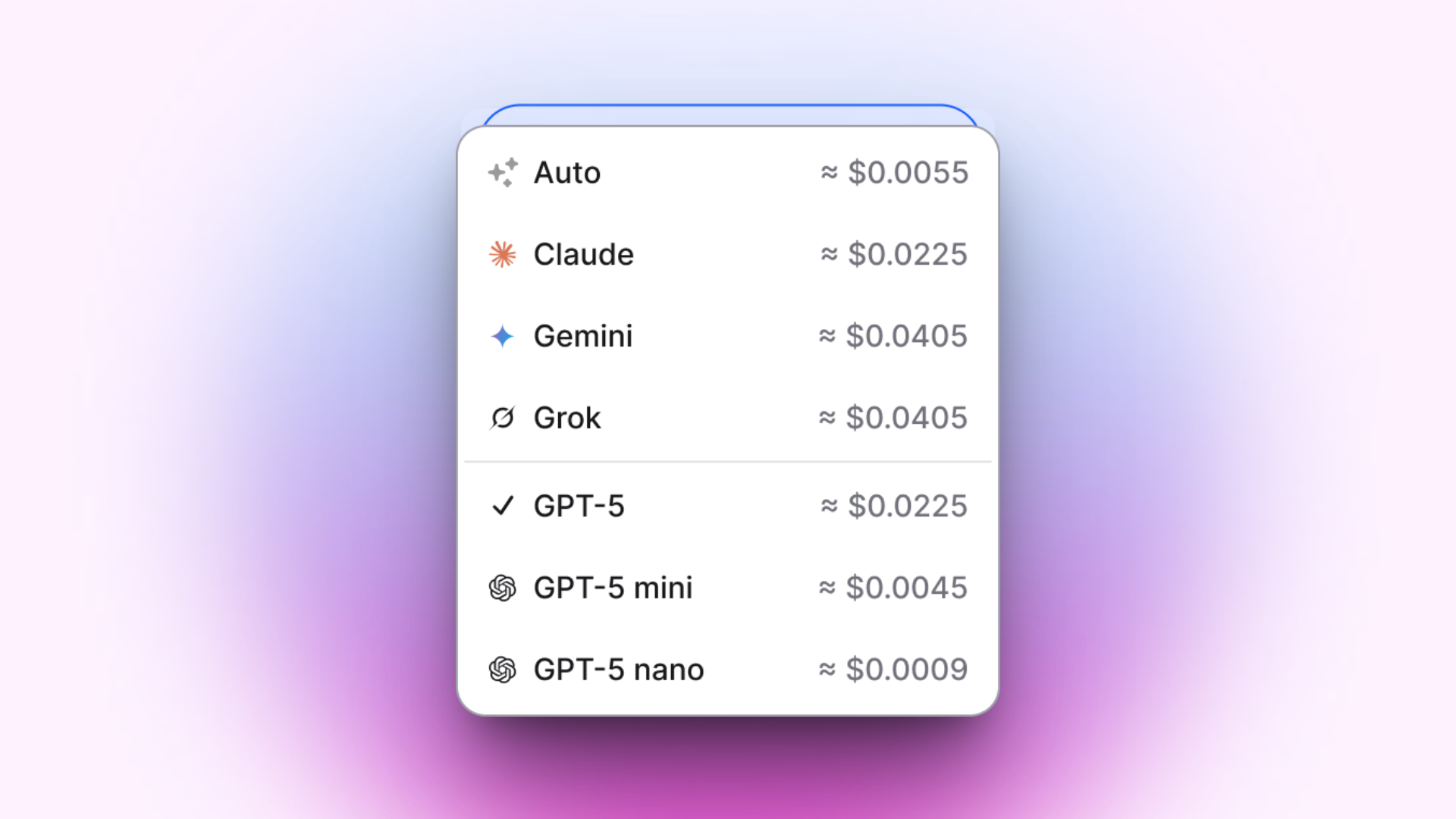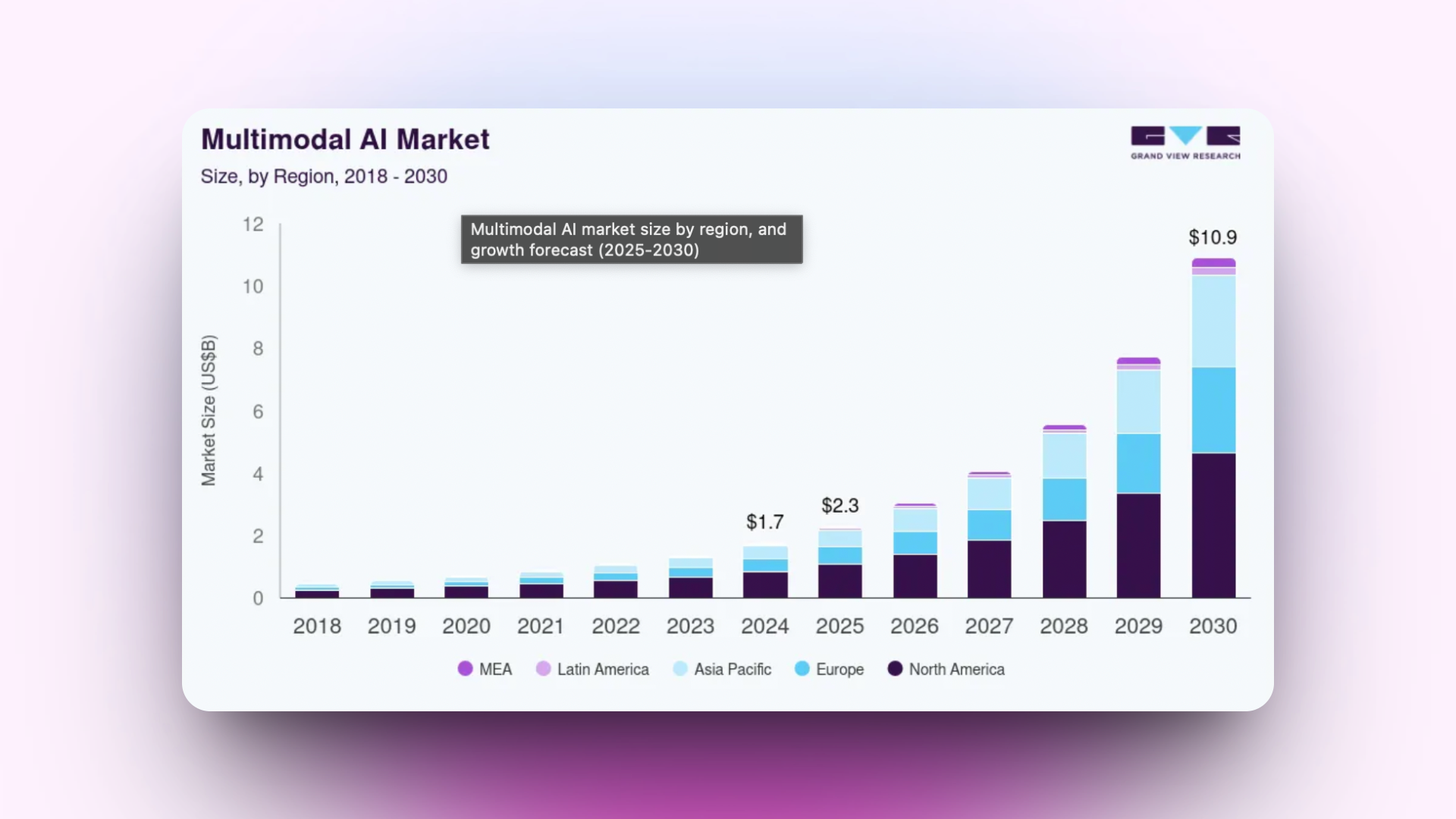Introduction
The AI builder economy refers to the rapidly expanding market and ecosystem where platforms enable a diverse range of users, from non-technical citizen developers to professional AI engineers, to create, deploy, and scale AI-powered products and services. This economy thrives on no-code/low-code tools, multi-model AI access, and AI-powered workflow automation that lower traditional barriers around AI creation.
According to Future Market Insights, by 2025, the AI builder market is projected to grow from around $8 billion to over $30 billion by 2035, fueled by demand for accessible AI development environments, generative AI, intelligent automation, and customizable AI agents. This growth is driven by industries seeking economic efficiencies, innovation, and new business models enabled by democratized AI tools.

Market Insight: The AI Builder industry is projected to grow at an incredible 31.1% CAGR, reaching $32.4 billion by 2035. This represents a 4x increase from 2025's $8.1 billion market. The opportunity is massive - are you positioned to capitalize? - https://www.futuremarketinsights.com/reports/ai-builder-market
From workflow builders and agent builders to conversational interfaces, anyone can now solve their real pain points by themselves.
Key pillars of the builder economy include:
- Easy-to-use AI development platforms with minimal coding
- Multi-model and multi-modal AI tools customized for diverse use cases
- Ecosystems fostering collaboration between AI agents, assisantants and human creators
This builder economy is reshaping the tech landscape by empowering more people to not only consume AI but actively build AI-driven solutions, thus fueling innovation at unprecedented scale and speed
From Consumers to Builders
We're living through the most significant shift in technology since the internet itself. The democratization of AI is transforming millions of people from passive consumers into active builders, creators, and innovators.
The numbers tell the story:
- 3+ million custom GPTs created in one year.
- Organizations that empower citizen developers score 33% higher on innovation measures than those that do not.
- The global low-code market will reach $101.7 billion by 2030
- Billions of users now have access to multi-modal AI capabilities
- 78% of organizations now use AI in at least one business function
But this isn't just about statistics. It's about who gets to build the future.

Interesting data from Deloitte's Creator Economy survey. Top AI use cases creators anticipate: 1. Generating content ideas (58%) 2. Managing workflow/production (50%) 3. Writing captions (49%). Creators see AI as a creative partner, not competition.
Multi-Model freedom
Breaking free from single-model constraints
The builder economy thrives on choice and flexibility. Today's AI democratization platforms embrace multi-model approaches, letting you select the perfect AI for each specific task.

Choosing the right AI model is about cost efficiency: • GPT-5 nano: Premium performance at $0.0009 • Auto mode: Smart routing at $0.0055 • Claude/GPT-5: Balanced at $0.0225 What's your go-to model for creating AI Assistants? - Source: useinvent.com
Real-World Multi-Model workflow example
"Customer Service Automation":
- Claude analyzes sentiment in customer emails
- GPT-4 generates personalized response templates
- DALL-E creates visual explanations when needed
- Whisper transcribes voice messages
- Custom model handles industry-specific terminology
Beyond Text, Multi-Modal
2024 marked the year AI became truly multi-sensory. The global multimodal AI market size was estimated at USD 1.73 billion in 2024 and is projected to reach USD 10.89 billion by 2030.

The multimodal AI market is exploding. From less than $0.5B in 2018 to a projected $10.9B by 2030 - that's the democratization of AI in action! The builder economy is driving this massive growth across all regions.
The democratization of AI now includes every format of human communication:
- Visual AI: Image analysis, computer vision for automation, visual content creation, document processing, OCR
- Audio AI: Speech-to-text, voice synthesis, music generation, real-time translation
- Video AI: Text-to-video generation, automated video editing, interactive content creation, live streaming automation
Your builder journey
Step 1: Identify your use case
- Whats your pain?
- What repetitive tasks consume your time?
- Where could AI enhance your creative process?
- What decisions require similar analysis repeatedly?
Step 2: Choose your platform
- For workflow automation: Start with n8n or Zapier
- For conversational voice: Eleven Labs
- For OpenAI agents: OpenAI Agents Builder
- For Assistants multi-model flexibility: Invent
- For business integration: Consider Microsoft Copilot
- For content creation: Try RunwayML, Midjourney or Sora
- For prototyping: v0, replit, lovable, bolt
Step 3: Start small, scale smart
- Begin with simple automations
- Use community templates as starting points
- Join builder communities for support
- Document your wins and learnings
Step 4: Measure and Optimize
- Track time savings and efficiency gains
- Gather user feedback and iterate
- Share your success stories
- Consider monetizing successful solutions
FAQ: AI Democratization Questions
What is AI democratization?
AI democratization refers to making artificial intelligence accessible to everyone, regardless of technical background. It involves platforms that abstract complex AI functionality behind user-friendly interfaces.
Do I need coding skills to build AI solutions?
No, Modern AI democratization platforms use visual interfaces, drag-and-drop builders, and conversational setup. You can build sophisticated AI workflows without writing a single line of code. You can find intuitive platforms to create AI Assistants.
How much does it cost to start building with AI?
Many platforms offer free tiers. Use OpenAI's GPT Builder for $20/month, or try platforms like Invent that provides 200 messages per month for free.
What's the difference between multi-model and multi-modal AI?
Multi-model: Using different AI models (GPT-4, Claude, Gemini, Grok, etc) for different tasks
Multi-modal: AI that processes multiple data types (text, images, audio, video)
Can AI builders replace traditional developers?
AI builders complement rather than replace developers. They're perfect for rapid prototyping, business logic automation, and non-technical users building solutions. Complex custom applications still benefit from traditional development.
The future of AI building
AI Agent Ecosystems (2025-26):
- Autonomous collaboration of multiple AI agents
- Dynamic team formation depending on task complexity
- Cross-platform communication
Contextual Intelligence (2025):
- AI understands business deeply
- Maintains long-term memory across interactions
- Proactively suggests automations
Voice-First Interfaces (2025):
- Natural conversational AI replaces UIs
- Multi-language, real-time translation
- Emotional intelligence in interactions
Built-in Compliance (2025-26):
- Automated regulatory compliance checks
- Transparent AI decision logs
- Privacy-first architecture enforced
Your next steps in AI Democratization
The transformation is underway. Millions are discovering they can build AI solutions that required entire engineering teams just two years ago. Democratization is about human empowerment: solving problems, creating value, and shaping the future.
The question isn’t whether you’ll become an AI builder, it’s which amazing solution you will create first.

